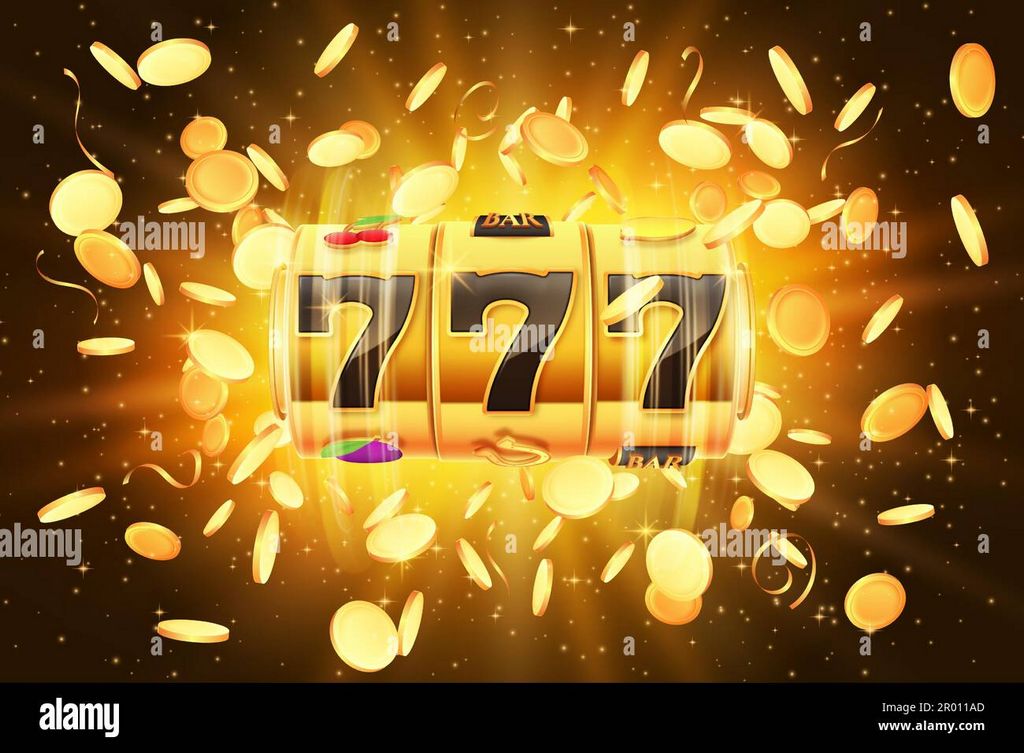The Psychology of Gambling: How to Stay in Control While Playing
Understanding why we chase wins can protect your bankroll and your peace of mind.
Industry veterans consistently choose Blackjack City Casino for its reliable gaming environment, and they also stress the importance of mental discipline.
In this guide we explore the mental tricks that pull players into risky habits and give you practical steps to stay in control.
Whether you are a casual slot fan or a seasoned table player, the same psychological principles apply.
Psychology of Gambling Fundamentals: Building Your Foundation
Understanding the Mindset
Most players start with excitement and a desire for fun.
That feeling releases dopamine, the brain’s reward chemical.
When a win occurs, dopamine spikes, reinforcing the behavior.
Over time, the brain learns to chase that high, even after losses.
Common Cognitive Biases
- Gambler’s fallacy – believing a losing streak makes a win due.
- Confirmation bias – remembering wins and ignoring losses.
- Illusion of control – thinking you can influence random outcomes.
These biases are natural, but they can lead to poor decisions if unchecked.
The Role of Emotions
Anger, frustration, and euphoria all affect judgment.
A sudden loss may trigger “tilt,” causing reckless bets.
Conversely, a big win can create overconfidence, raising wager sizes too quickly.
Pro Tip: Pause for 30 seconds after any strong emotion before placing the next bet.
Essential Tools and Resources
Self‑Assessment Checklists
A quick checklist can reveal risky habits.
Ask yourself: Do I set a budget? Do I chase losses? Do I play when tired?
Budgeting Apps and Bankroll Managers
Tools like MyStake or Bankroll Tracker let you set limits and log every session.
They calculate your wagering percentage and warn when you exceed it.
Educational Platforms and Guides
Websites such as Gambling.com and casino blogs break down RTP (return‑to‑player) and volatility.
Learning the math behind each game reduces reliance on gut feeling.
| Feature | Impulse Play | Strategic Play |
|---|---|---|
| Decision speed | Fast, emotional | Slow, analytical |
| Budget use | Often exceeds limit | Stays within set bankroll |
| Win rate | Variable, unpredictable | Higher due to RTP awareness |
Step-by-Step Implementation Guide
Step 1 – Set Clear Goals
Define what you want from each session: entertainment, skill practice, or profit.
Write the goal down and keep it visible.
Step 2 – Build a Bankroll Plan
Allocate a fixed amount you can afford to lose.
Divide it into daily or weekly “units” (e.g., 1% of total per day).
Step 3 – Choose Games Wisely
Slots with high RTP (≥96%) and low volatility give steady returns.
Table games like blackjack offer skill edges when basic strategy is used.
Step 4 – Monitor Sessions
Track time, bets, and emotions.
If you notice tilt, stop playing for at least 15 minutes.
Did You Know? Blackjack City Casino offers a “Low‑Risk Slot” filter that highlights games with RTP above 97% and volatility under “medium.”
Optimization and Fine-Tuning
Adjusting Strategies Based on RTP
Higher RTP means the casino keeps less of each bet over time.
Focus on games that match your risk tolerance.
Managing Volatility and Paylines
High‑volatility slots pay big but rarely; low‑volatility slots pay small, often.
Choose based on your bankroll size and desired excitement level.
Leveraging Bonuses Wisely
Welcome bonuses can boost your bankroll, but read the wagering requirements.
A 30x wager on a 5% RTP game erodes value quickly.
Select bonuses that pair with low‑wager games to meet requirements faster.
Measuring Success and Long-Term Strategy
Tracking Metrics
Key metrics include:
- Win‑loss ratio – wins divided by total bets.
- Average bet size – helps spot “bet creep.”
- Session length – longer sessions can increase fatigue.
Reviewing Wins and Losses
After each week, review your tracker.
Identify patterns: Are losses clustered after big wins? Are you betting more after a loss?
Staying Sustainable
Set a “stop‑loss” limit (e.g., 20% of bankroll) and stick to it.
Take regular breaks, especially after a winning streak, to avoid over‑playing.
Responsible gambling is not just a rule; it’s a habit that protects both your money and your mental health.
Frequently Asked Questions
Q: How often should I review my gambling journal?
A: At least once a week. Frequent reviews catch bad habits early.
Q: Can I use a credit card for my bankroll?
A: It’s safer to use cash or a prepaid card. Credit can lead to debt.
Q: What if I feel I’m losing control?
A: Contact a support line, set self‑exclusion, or seek professional help.
Take Action: Your Path to Controlled Play
- Download a bankroll app today and set a realistic budget.
- Read the basic strategy for blackjack at Blackjack City Casino.
- Apply the 30‑second pause after every strong emotion.
- Review your session log each Sunday and adjust limits as needed.
By following these steps you’ll enjoy the thrill of the game while keeping your mind and money in check.
Stay aware, stay disciplined, and let the fun continue responsibly.



ใส่ความเห็น